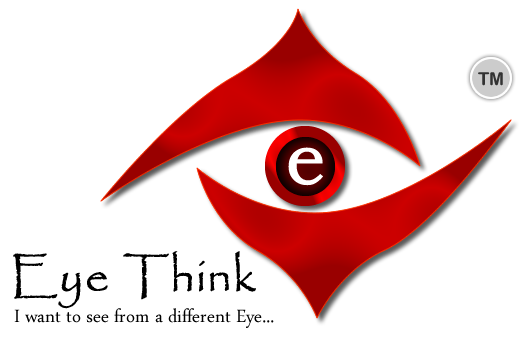 Akelos
AkelosThe Akelos PHP Framework is a web application development platform based on the MVC (Model View Controller) design pattern. Based on good practices, it allows you to:
Write views using Ajax easily
Control requests and responses through a controller
Manage internationalized applications
Communicate models and the database using simple conventions.
Your Akelos based applications can run on most shared hosting service providers since Akelos only requires that PHP be available at the server. This means that the Akelos PHP Framework is the ideal candidate for distributing standalone web applications as it does not require any non-standard PHP configuration to run.
ash.MVCash.MVC is a simple PHP programming framework proposed by Ash. The basic approach of this framework is to adopt a middle-path approach between faster development cycle, and a robust and scalable application. Moreover, the schemes proposed in the framework stick to the line of simplicity all along.
While encountering this new framework, ash.MVC, one may wonder with various questions, like:
Do we need a framework at the first place?
Why do we need another framework when there are numerous ones available?
Why do we use MVC design pattern for this framework?
All the above questions have been addressed in the FAQs page.
The framework revolves round the concept of MVC design pattern as expected. There are four elements: 1. web browser, 2. Controller, 3. Model, and 4. View. These four elements interact with one another to establish a data-flow that is initiated by HTTP Request from client browser, and is successfully terminated with the receipt of HTTP Response at the client browser.
CakePHPCakePHP is a rapid development framework for PHP which uses commonly known design patterns like ActiveRecord, Association Data Mapping, Front Controller and MVC. Our primary goal is to provide a structured framework that enables PHP users at all levels to rapidly develop robust web applications, without any loss to flexibility.
CodeIgniterCodeIgniter is an Application Development Framework - a toolkit - for people who build web sites using PHP. Its goal is to enable you to develop projects much faster than you could if you were writing code from scratch, by providing a rich set of libraries for commonly needed tasks, as well as a simple interface and logical structure to access these libraries. CodeIgniter lets you creatively focus on your project by minimizing the amount of code needed for a given task.
Please read the Introduction section of the User Guide to learn the broad concepts behind CodeIgniter, then read the Getting Started page.
DIYIt is an open-source lightweight web application framework based on object-oriented PHP 5, MySQL, and XSLT. It is fully object-oriented and designed following the MVC architecture and REST design principles. The idea behind it is not to reinvent the wheel but instead to combine existing and proven technologies in a convenient and effective way.
The DIY Framework is a compact class library which can be extended and included by user applications. It puts few restrictions and gives flexibility. In contrast, most of the current web application frameworks are designed inside-out: they define the general structure and only allow your application to fit within their constraints.
For the same reasons, the framework does not contain plugins, scaffolding, routing, AJAX, widgets or other buzzwords. We see them as helper applications at best, not as parts of the framework itself. No frills are included (hence the name) " just precise control over your sever-side code.
Because of the framework's nature, the following descriptions of architecture and file structure should be seen merely as guidelines for applications. They are also used in the included sample files.
Using the DIY Framework, not a single line of SQL or HTML needs to be hardcoded, constructed "by hand" or mixed with the PHP code. Almost no URL hacking or chopping is needed. The UTF-8 encoding is used exclusively.
The framework exploits PHP 5's features such as more advanced object model, type hinting and class autoloading. HTTP request, response and session data is accessed via Java servlet-style OO wrappers. The framework has been straightforwardly ported to Java.
It has been successfully used in several small to medium production solutions and is currently used to build a large community-based social website.




.jpg)
.png)


















